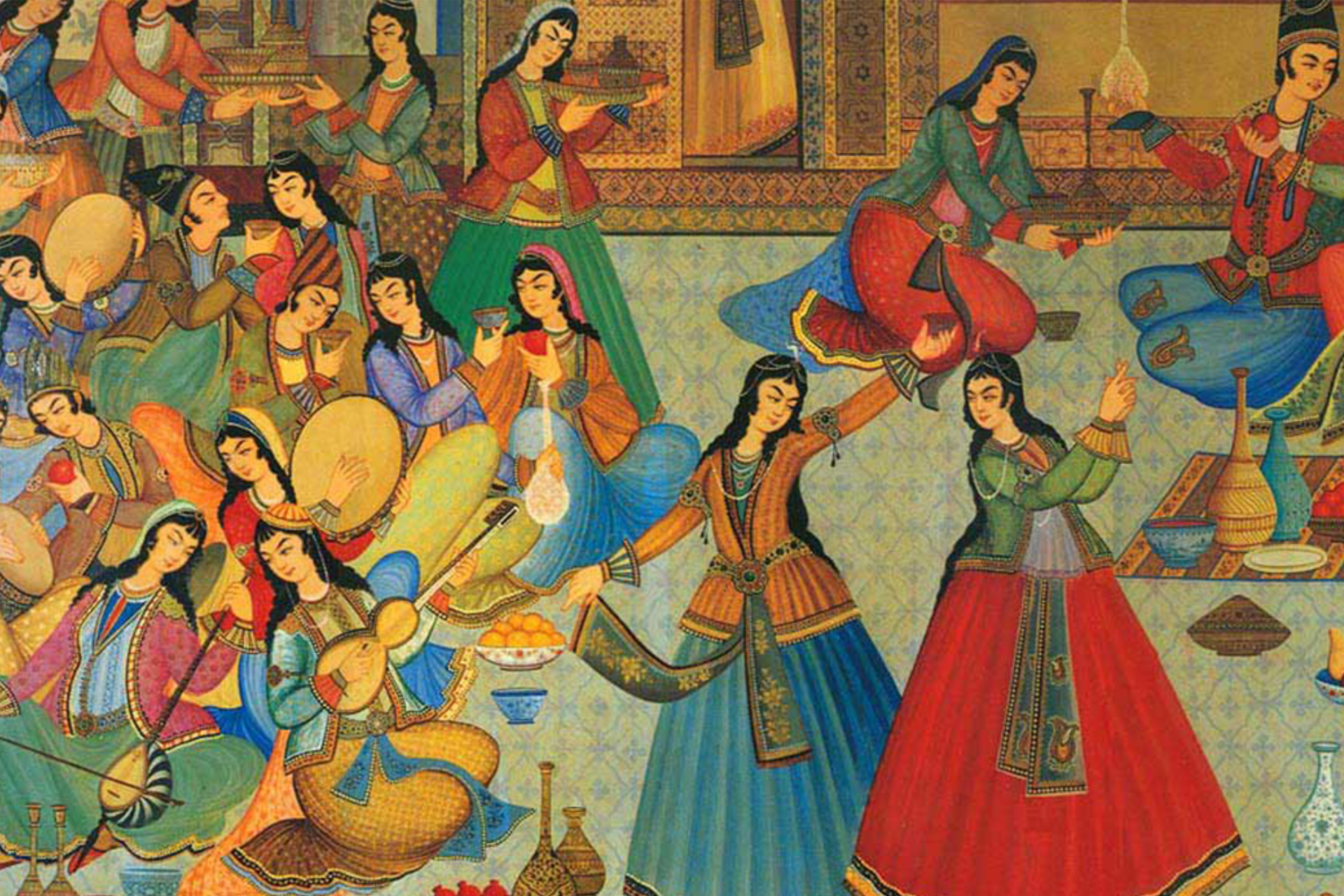General Articles
The Role of the Tar in Persian Festivals and Celebrations
The tar, a traditional Persian stringed instrument, holds a central place in Iran’s rich cultural and musical heritage. Its soulful melodies have long been a hallmark of Persian festivals and celebrations, adding depth and emotion to moments of communal joy, spirituality, and tradition. This article delves into the cultural importance of the tar and how it continues to play a significant role in modern Persian festivities.
1. A Brief Overview of the Tar
The tar is a lute-like instrument with six strings, known for its rich tones and intricate design. Its name, derived from the Persian word for "string," underscores its foundational role in Persian music.
- Origins and Evolution: The tar is believed to have originated in Persia over 2,000 years ago, evolving in structure and playing techniques over the centuries.
- Symbolism in Persian Culture: Beyond its musical significance, the tar symbolizes Persian identity and the enduring legacy of the region’s artistry.
2. The Tar in Traditional Persian Festivals
Persian festivals are a vibrant reflection of the culture, and music plays an integral role in these celebrations. The tar, with its evocative sounds, often takes center stage.
Nowruz (Persian New Year)
Nowruz marks the arrival of spring and the Persian New Year, celebrated with family gatherings, feasts, and cultural performances.
- Music and Storytelling: Tar players often accompany recitations of classical Persian poetry, such as the works of Rumi and Hafez, enhancing the spiritual and celebratory atmosphere.
- Symbol of Renewal: The tar’s melodies, inspired by nature and rebirth, align perfectly with the themes of Nowruz.
Yalda Night (Shab-e Yalda)
Yalda, the longest night of the year, is a celebration of light and warmth amidst the darkness of winter.
- Melancholic and Reflective Tunes: Tar performances during Yalda often feature melancholic pieces that inspire reflection, paired with the recitation of ancient poetry.
- Family Bonding: The intimate sound of the tar sets the tone for close-knit family gatherings.
3. Religious and Spiritual Ceremonies
The tar’s ability to evoke deep emotions makes it a popular choice for spiritual and religious ceremonies.
- Sufi Traditions: In Sufi gatherings, the tar often accompanies devotional songs, guiding participants into meditative states.
- Commemorative Events: During religious ceremonies, tar music is used to create a solemn and reverent mood, often blending seamlessly with vocal performances.
4. The Tar in Weddings and Celebratory Events
Weddings in Persian culture are grand affairs, rich with music, dance, and joy. The tar is often featured in these celebrations.
- Traditional Performances: Tar players are frequently invited to perform during the ceremony or reception, providing live music that enhances the festive spirit.
- Fusion with Modern Styles: Today, the tar is often incorporated into contemporary wedding playlists, blending traditional sounds with modern beats to appeal to younger audiences.
5. The Tar in Cultural Shows and National Events
The tar’s significance extends beyond private celebrations to larger cultural and national events.
- Cultural Festivals: During festivals celebrating Persian art and heritage, the tar is showcased as a symbol of Iran’s musical traditions.
- National Celebrations: On occasions like Independence Day or cultural appreciation days, tar performances often accompany parades and public gatherings.
6. The Emotional Connection Between the Tar and Persian Celebrations
The tar’s music resonates deeply with listeners, bridging the gap between the past and present.
- Nostalgia and Heritage: For many, the sound of the tar evokes memories of childhood and family traditions, fostering a connection to their roots.
- Storytelling Through Music: The tar’s versatility allows it to convey a wide range of emotions, from joy and love to sorrow and longing, making it an ideal companion for storytelling.
7. Preserving the Role of the Tar in Modern Times
As globalization influences music and celebrations, efforts to preserve the tar’s role in Persian culture are more important than ever.
- Education and Awareness: Music schools and cultural organizations are promoting the tar by offering classes and workshops.
- Fusion with Global Music: Many contemporary artists are incorporating the tar into modern genres, ensuring its relevance in today’s music scene.
8. Learning the Tar: A Gateway to Persian Culture
For those inspired by the tar’s role in Persian festivals, learning to play the instrument is a meaningful way to connect with this rich heritage.
- Accessible to All Ages: Whether you’re a child or an adult, learning the tar can be a rewarding experience.
- A Gateway to Persian Music: Mastering the tar opens the door to understanding Persian musical scales (dastgah) and improvisation techniques.
Final Thoughts
The tar is more than just a musical instrument—it is a cultural icon that enriches Persian festivals and celebrations with its soul-stirring melodies. From the joyous tunes of weddings to the reflective pieces of Yalda, the tar continues to unite people, celebrate heritage, and evoke deep emotions.
If you’re interested in exploring the beauty of the tar, Rhythm Music Shop offers a wide range of Persian instruments and accessories. Serving Markham, Richmond Hill, North York, Scarborough.

